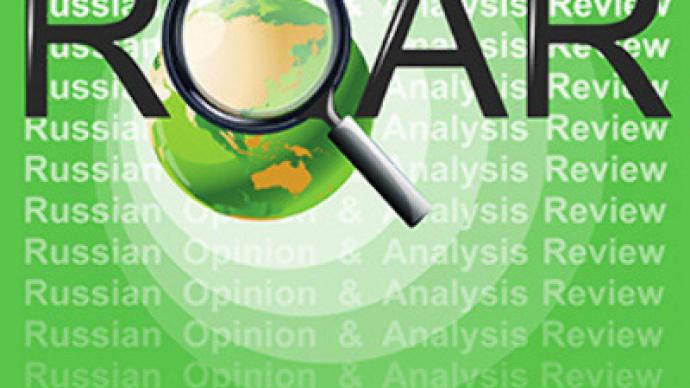ROAR: “Terrorists wanted to set Ossetians against Ingush people”

The terrorist act at the central market in Vladikavkaz has provoked an angry response from some Ossetians against local Ingush people.
Law enforcement agencies have prevented ethnic clashes in North Ossetia following the terrorist act committed by a suicide bomber in Vladikavkaz last week. He detonated a car near the entrance to the central market in Vladikavkaz on September 9.
According to the republic’s Health Minister Vladimir Selivanov, the death toll is 17. About 140 victims of the terrorist act in Vladikavkaz remain in hospitals in Moscow and North Ossetia, Itar-Tass reported.
On September 13, a group of young people demanded security in the republic and marched to the nearby village of Kartsa with a predominantly Ingush population. However, representatives of law enforcement agencies and the authorities persuaded the crowd to disperse.
Now the situation in Prigorodny District and Kartsa is under control, the press service of North Ossetia’s Interior Ministry has said.
However, the media warn that the situation may have been aggravated after the terrorist act. “Hundreds of young people marched along central streets of Vladikavkaz with nationalist slogans and proposed to attack Ingush people living in Kartsa,” Kommersant daily said.
The intention of the organizers of the recent terrorist act “was realized only partly – the participants of the march was stopped by riot police and armed forces units,” the paper said.
The participants of the action and representatives of the republic’s leadership agreed to discuss the situation in three days, the paper said. If the authorities do not take urgent measures approved by the people, the consequences could be even worse, it added. Moreover, people from South Ossetia are ready to support those living in the neighboring republic.
South Ossetian President Eduard Kokoity urged the republic’s population not to follow calls for violence in response to the terrorist attack in Vladikavkaz. Interfax quoted Kokoity as saying: “We are one nation. I understand that it is a difficult time for many people, and Caucasus customs require our response.” However, he added that “those who masterminded and perpetrated this inhuman act sought to provoke our reaction.”
Now people living in Kartsa are preparing to defend themselves, Kommersant said. The village could have been attacked for the second time in recent years. After the hostage taking in Beslan in 2004, an armed crowd moved to the village, but was stopped by police and servicemen,” the paper said.
People in Vladikavkaz remember that several dwellers of Kartsa were convicted for another terrorist act committed at the central market in 2002 where 10 were killed and 40 were wounded.
Kartsa was almost fully destroyed in 1992 during the clashes between Ossetians and Ingush people. They were involved in ethnic conflict over the Eastern part of the Prigorodny district, which started in 1989. It developed into brief armed clashes between local Ingush and Ossetian paramilitary units in 1992.
Officials in Ingushetia believe that provocateurs led the attempts to attack Kartsa and “disrupt the efforts of leadership of the two republics to overcome the consequences of the 1992 conflict.”
Ingush President Yunus-Bek Yevkurov stressed that the terrorists in Vladikavkaz target Ingush people too, as many of them also visited the market.
Kartsa is situated on the outskirts of Vladikavkaz near the border with Prigorodny District. It became “the arena of a bloody conflict” in 1992, Lenta.ru website said. “At that time, during the clashes between the two ethnic groups, about 600 people were killed and thousands of Ingush became refugees,” it added.
“The federal center has been conducting policy aimed at restoring the status quo in Prigorodny District, and part of the refugees managed to return on security guaranties promised by North Ossetian government,” the website said.
Leaders of North Ossetia and Ingushetia signed the program of joint actions to liquidate the consequence of the conflict in December 2009.
However, the tension still remains, and organizers of terrorist acts are taking advantage of this, Lenta said. “If in other republics of North Caucasus terrorists usually choose representatives of government and law enforcement agencies as their targets, in North Ossetia terrorist acts are aimed at ordinary people, which significantly increases their effect on society,” it noted.
On Wednesday, several hundred young people gathered at the center of Vladikavkaz. They demanded that security measures in the republic should be strengthened, including those at check points on the borders.
Sergey Borisov,
Russian Opinion and Analysis Review, RT














